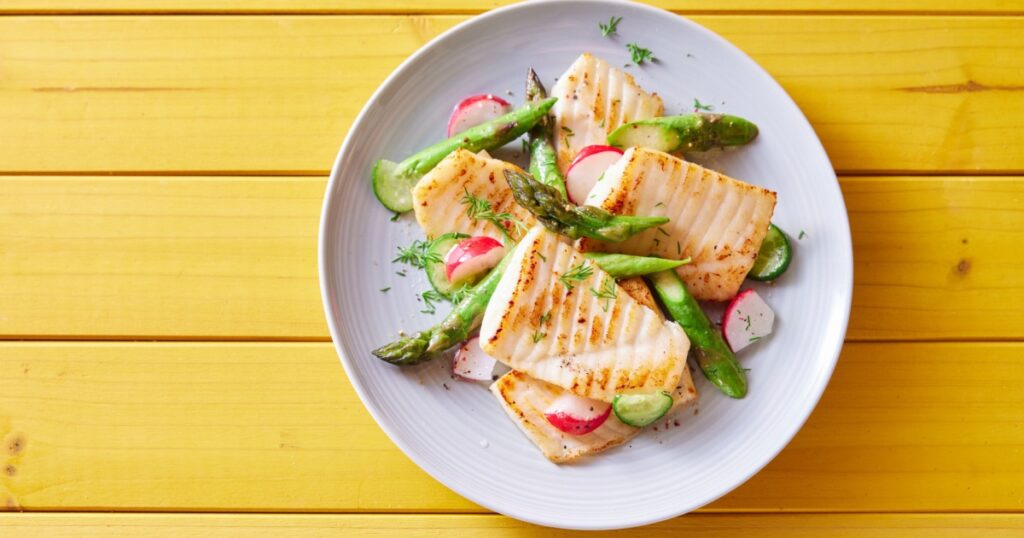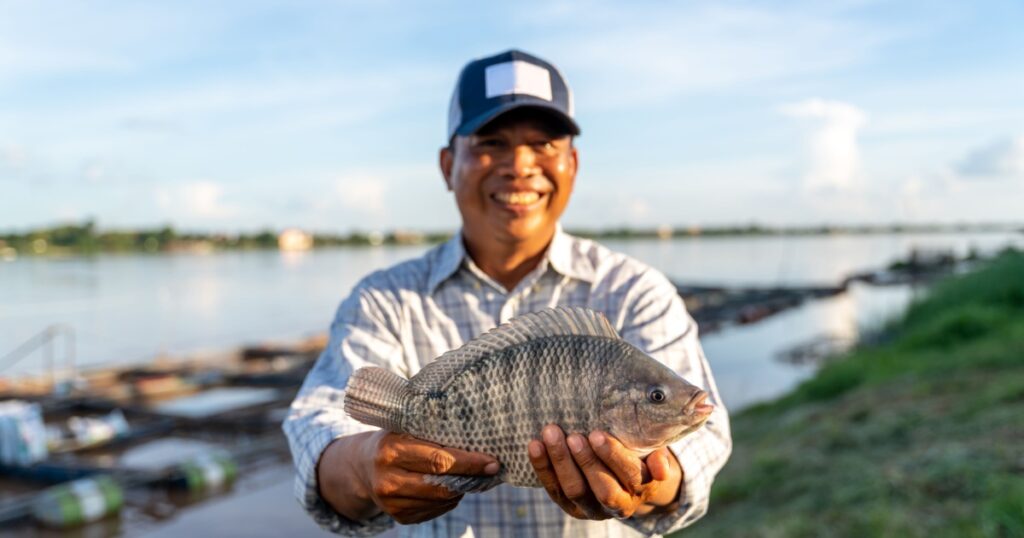Market shelves overflow with tilapia – it’s the fourth most consumed seafood in America. But recent investigations reveal not all tilapia is created equal. While offering solid nutritional value (think high protein, low fat), how and where this fish is raised makes all the difference in its safety and quality.

Alarming reports have emerged about some overseas operations using poultry and livestock feces as feed, raising serious food safety questions. These practices, combined with cramped farming conditions, can lead to bacterial contamination and lower nutritional quality compared to wild-caught or responsibly farmed alternatives.

Smart shoppers should examine labels carefully. Opt for tilapia from countries with stricter regulations (like the U.S., Ecuador or Peru) or look for sustainability certifications. Proper cooking can reduce some risks, but starting with a quality product is key to enjoying tilapia’s benefits without the potential downsides.


